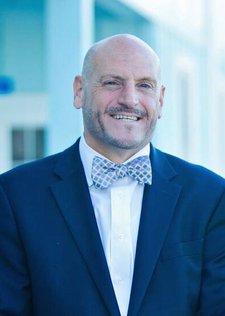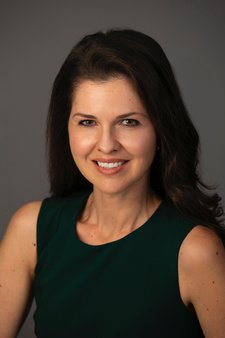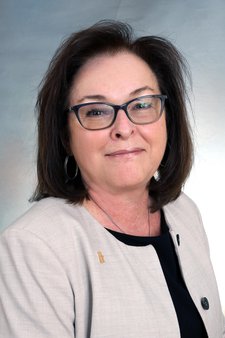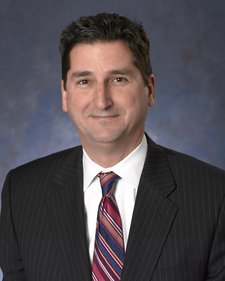
Commentary| By Martin Neil
Feb. 17, 2023
About the author: Martin Neil Baily is a senior fellow at the Brookings Institution. He was Chairman of the Council of Economic Advisers under President Clinton. He is the co-author, with Benjamin H. Harris, of The Retirement Challenge: What’s Wrong With America’s System and a Sensible Way to Fix It.
The early stage of the pandemic was especially hard on retirees and those nearing retirement. Families who had saved diligently and invested in the stock market saw their assets plunge. Those who were planning on working a few more years before retiring may have lost their jobs as businesses closed or cut back; older workers in frontline jobs were forced to quit their jobs out of fear of Covid. Despite government support, for millions of older Americans, retirement security became endangered nearly overnight.

iStock image
These shocks to the retirement system exposed fundamental shortcomings that have been building for decades. The retirement goal for previous generations was to have a secure pension lasting for as long as they lived. Today’s workers must now fend for themselves, relying on their own savings and figuring out how to avoid running out of money. With little fanfare, America has moved from a world of traditional pensions, where risks were absorbed by employers, to a system of individual accounts where families must manage uncertainty including the fact that none of us knows how long we will live and what large expenses we may face.
This risk is partly mitigated by Social Security and Medicare, the foundation of the American retirement system. They have, for the most part, been successes, sharply lowering the poverty rate among the elderly and providing a backstop for middle-income households.
Unfortunately, these programs are not on a sound financial footing. The Social Security trust fund for retirement and survivors’ benefits is expected to run out of money in 2033, while the Medicare hospital fund could run out in 2028. These dates are far too close for comfort. Congress likely will act to avoid sharp cuts in benefits, but no one knows exactly what will happen. While Congress should recognize how vital these programs are and bring stability to them, such support is far from guaranteed. Older Americans can now add policy uncertainty to their list of risks to retirement.
We need a plan, not just to address future potential shortfalls in public support, but to address the decade-long shift away from private pensions. Americans are willing to take on the challenge of managing their own retirement, but they need more help to do it.
The first step is to save enough, consistently. The best way to do this is through automatic retirement savings plans, like 401(k) plans. Ideally, every employer would offer such a plan to its employees, with small companies receiving tax subsidies to cover administrative costs. Employees would be enrolled in the plan automatically when they were hired, with contributions taken out of paychecks unless they chose to opt out. The self-employed can set up their own plans but it would help if state governments, or the federal government, would operate retirement savings plans open to everyone. Some states do this already. Current tax law favors retirement savings, but the benefit of this tax break, worth over $250 billion a year, accrues mostly to the rich. Tax reform should redistribute the benefit more equally to encourage middle-income families to save.
Saving a solid retirement nest egg is not enough. Savers don’t know what returns they will earn on their savings. Family members don’t know how long they will live (people often underestimate their lifetimes). They don’t know if they will need in-home care, or if they will have to enter an expensive nursing home. (Many families hoard their financial assets for fear they will need all their savings for end-of-life care). Perhaps a family does not have much savings but has built up sizable equity in their home. How do they make best use of this asset?
Each family must choose how to manage their retirement and the uncertainties they face, but a good financial advisor, and a reformed retirement system, can help. Annuities are a way to avoid market and length-of-life uncertainty, but at present it is hard to find the right annuity at the right price. Employers should negotiate with providers to offer their employees the option of putting some of their retirement savings into an annuity that guarantees regular monthly payments, either throughout retirement or to protect against running out of money at the end of life. It is a way of creating an individualized “pension” plan.
Long-term care insurance used to be common, but the market for these policies has almost disappeared. There should be an effort through regulation and even subsidies to get this market going again. Standard policies with well-defined terms should be available and part of employer benefit plans that protect families against the worst ravages of dementia and other long-term-care issues. Taxpayers would benefit by taking some of the load off Medicaid-funded nursing homes.
Families that have built up value in their homes can choose to sell them, downsizing into a smaller home, or moving into a rental property. Many people, though, want to remain in the family home, close to neighbors and children, but still need access to the equity in their home. Reverse mortgages were designed to help this group but, unfortunately, they developed a bad reputation. They are now heavily regulated, and while this has mostly eliminated fraud and misrepresentation, it has also made policies expensive. Regulation is necessary but needs to be simplified. Probably, reverse mortgages work best if they are small and can be used to pay off expenses like retiree credit-card debts, an obligation that has become all too common.
There has been a transformation in America’s retirement system from traditional pensions to individual accounts. We can look at the old system with longing, but it is never coming back. And there are some advantages to the new system. The old system never covered everyone, and it assumed people would stay with the same employer. Today’s workers change jobs often and need a retirement plan that moves with them. The downside is that retirees are exposed to a lot of risk. Reasonable policy reforms can invigorate insurance markets to help ameliorate risks. Employers, having shucked off their pension responsibilities, owe it to their employees to make it easier to build a secure retirement.
Guest commentaries like this one are written by authors outside the Barron’s and MarketWatch newsroom. They reflect the perspective and opinions of the authors. Submit commentary proposals and other feedback to ideas@barrons.com.
This Barron's article was legally licensed by AdvisorStream.
Dow Jones & Company, Inc.









